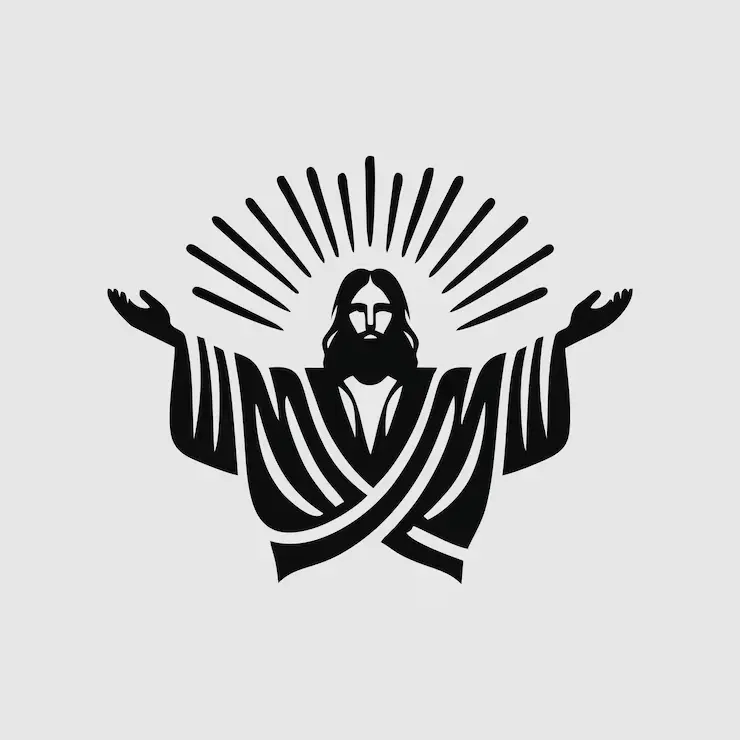At the start of 1933, German newspapers painted a bleak picture of Adolf Hitler’s political future. The Social Democratic daily Vorwärts ran a headline on January 1st titled “Hitler’s Rise and Fall,” implying that the Nazi Party had already passed its electoral high point in the July 1932 election. The Berliner Tageblatt even joked about his fading relevance: “Everyone was talking about—what was his name? Adalbert Hitler. And now? He’s disappeared!”
At the time, Germany was gripped by deep political instability. In 1932 alone, the country cycled through three chancellors—Heinrich Brüning, Franz von Papen, and General Kurt von Schleicher—none of whom managed to form a lasting government with majority support in the Reichstag. All three were appointed by President Paul von Hindenburg, then 85 years old, who wielded broad executive powers under Article 48 of the Weimar Constitution. Hindenburg aimed to build a conservative, authoritarian regime that would exclude the left, but he remained hesitant to entrust Hitler with the chancellorship.
Franz von Papen, resentful over Schleicher’s maneuvering that led to the collapse of his own government, was eager to return to the political stage. Recognizing he couldn’t do it alone, he saw collaboration with Hitler as his path back to influence. In January 1933, a series of strategic discussions began between the two men, laying the groundwork for an unusual political alliance.
A turning point came on January 22, during a private meeting at the luxurious residence of Joachim von Ribbentrop, a rising Nazi figure and wine merchant. The gathering included key players: Oskar von Hindenburg, the president’s son, and Otto Meissner, Hindenburg’s state secretary. Despite Oskar’s previous skepticism toward both Hitler and the National Socialist movement, his presence signaled the serious consideration now being given to Hitler’s role in shaping a new government.
The 5 March 1933 election is often remembered as the last somewhat democratic national vote held in Germany before the full establishment of Nazi dictatorship. In that election, the Nazi Party secured 43.9% of the vote—a notable 10.8% increase from the previous contest in November 1932. While historians frequently emphasize that “only 43.9% voted Nazi,” this figure needs context: it represented a historic peak for any political party in the Weimar Republic’s democratic era.
From 1919 to 1932, no party had ever received such a high share of the national vote. The Nazi performance in March 1933 even surpassed their prior record of 37.3% in July 1932, bringing their total to an unprecedented 17.2 million votes, well ahead of the 13.7 million they had previously garnered.
What’s striking is that this surge in support did not primarily come from other parties—it came largely from citizens who had not participated in earlier elections. Their engagement in March 1933, at a moment of escalating political violence and intimidation, suggests a public that, willingly or not, helped legitimize the dismantling of the democratic system.
